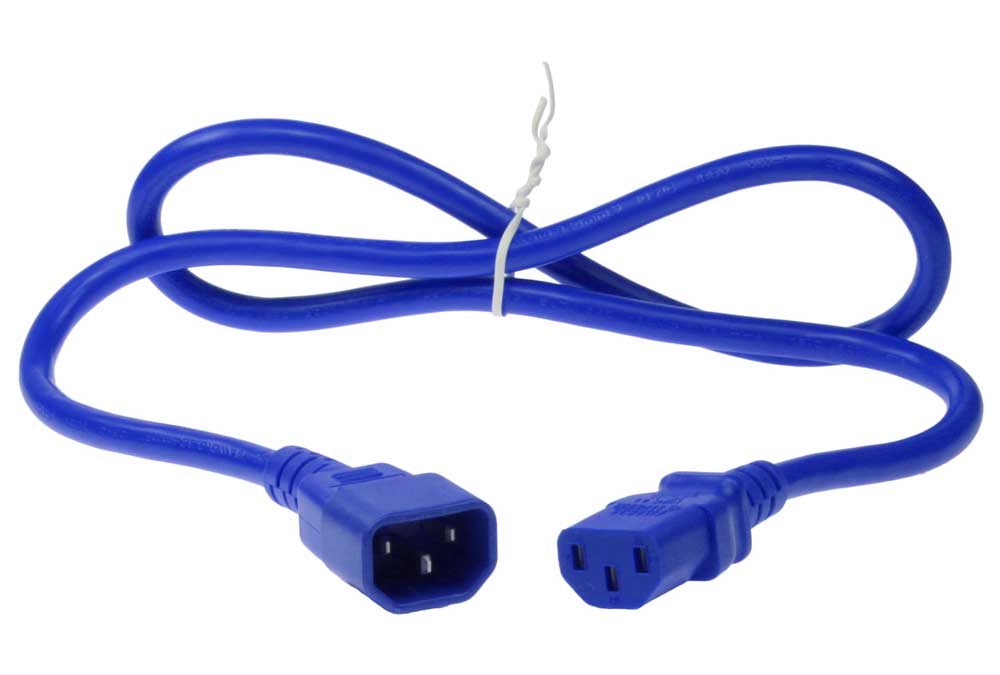Safeguard Your Electrical Appliances Using the Right Extension Cord
What comes to your mind when I use the word Extension cord? Probably, a device that extends? When it comes to extending the power from one place to another, these power cords work the best! Although they make your job easy, they can lead to hazards if you use them wrongly. Even if you load them with more power than required or place them wrongly, they can prove to be fatal.

‘Prevention is better than cure’- goes the saying. So, why not to choose the right extension cord and prevent the occurrence of any hazards? Being a non-technical person, you might not have any knowledge about extension cords. So, when you go to buy it from shops or purchase online, you may go by its color, length, and price. But you need to keep certain safety measures in mind before selecting the right extension cords for your job. Given below are some of them:
Know the Whereabouts
‘Where do I want to use this extension cord?’ – ask yourself this question when you go to buy cords. Indoor or outdoor? You can use Outdoor cords can inside and outside as they carry greater insulation. But indoor cords are risky to use outside as they are fragile and cannot bear the hot sunny days nor the cold winters.
However, you cannot conclude if outdoor cords are better. They do betray during the rainy days as they do not come with water tight seal. So, you must remain cautious if you find these cords near stagnant water.
Consider the Size
Confused about the extension cord that is feasible for your room heater? Here is how you can help yourself. Go through the appliance manual book or refer to the data plate on the appliance which indicates the wattage capacity of the appliance. Once you know that, you need to know wattage of the extension cord. The makers usually denote it in terms of size, i.e. the thickness of the wire inside the extension cord. And that again, is known as Gauge.
Gauge ranges from 18 to 10 and 10 is the thickest. And we usually utilize them based on the appliance size. The larger the appliance; like room heaters, the thinner is the gauge cord required and vice versa. That’s because lower gauge cord permits more electrical current to flow through. Now, choose the right extension cord by matching the gauge capacity of the cord and the wattage of the appliance.
Measure the Distance
You must ask yourself this question before you buy a power cord- ‘How far is the appliance from the outlet?’ the size of the extension cord in terms of length also matters as the power cords can carry wattage for particular distances only. The greater the distance, the wattage capacity of the power cord gets reduced. This example may make your understanding easy- if you buy 50 feet long 16-gauge power cord, it has 1625 watts power. But, if you use the same length power cord for an appliance whose distance is more than 50 feet, the cord wattage capacity goes down to 1250 watts.
Some power cords are not water and weather resistant. So, you must never make permanent use of such power cords and never install them inside walls.
Conclusion
Prevention is better than cure. Consider these 3 factors when using or buying extension cords. And thereby prevent the occurrence of any hazards. Don’t jeopardize your safety for a small cost.



Comments
Post a Comment